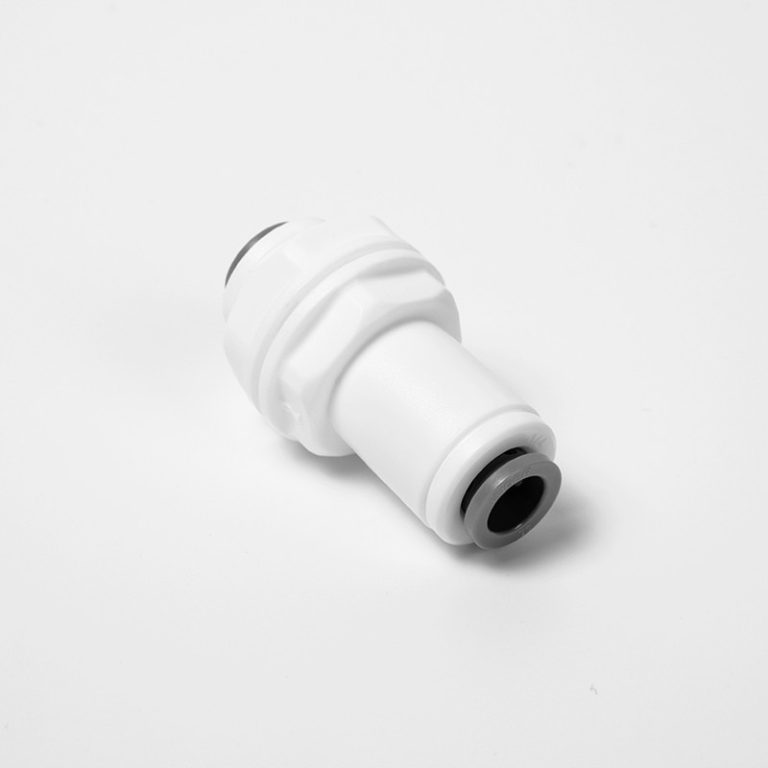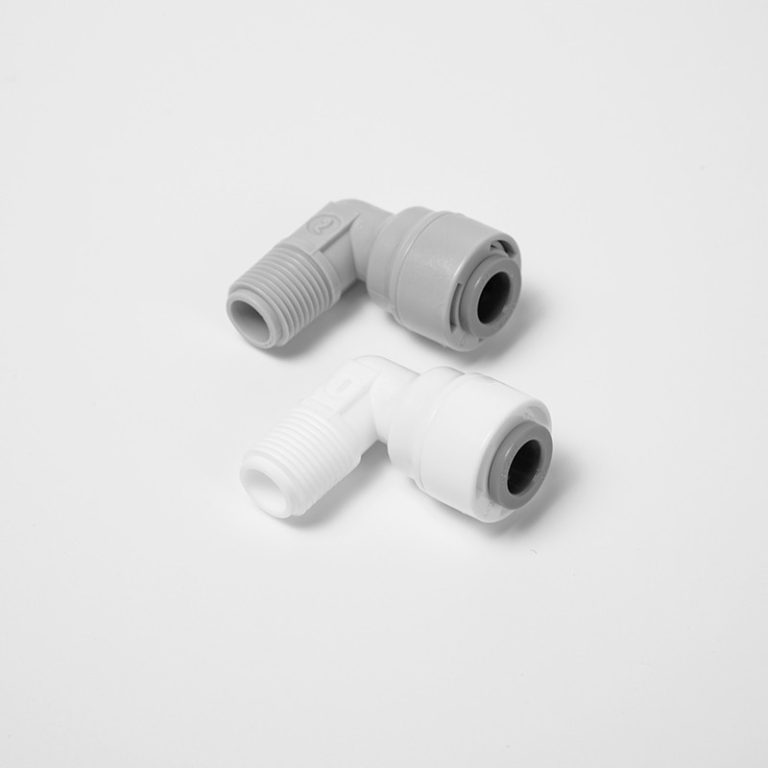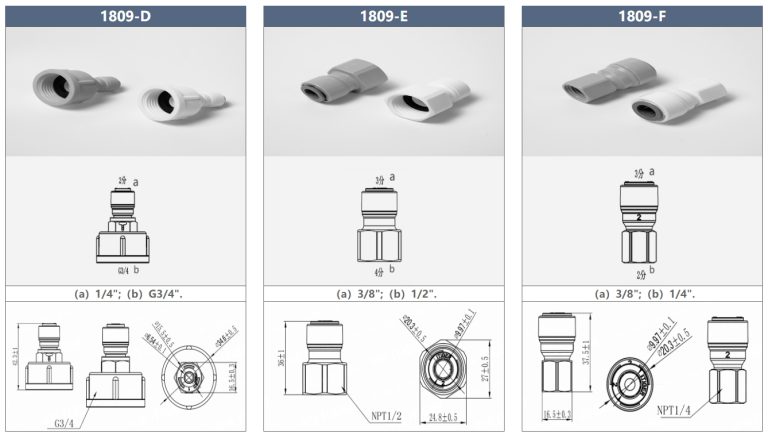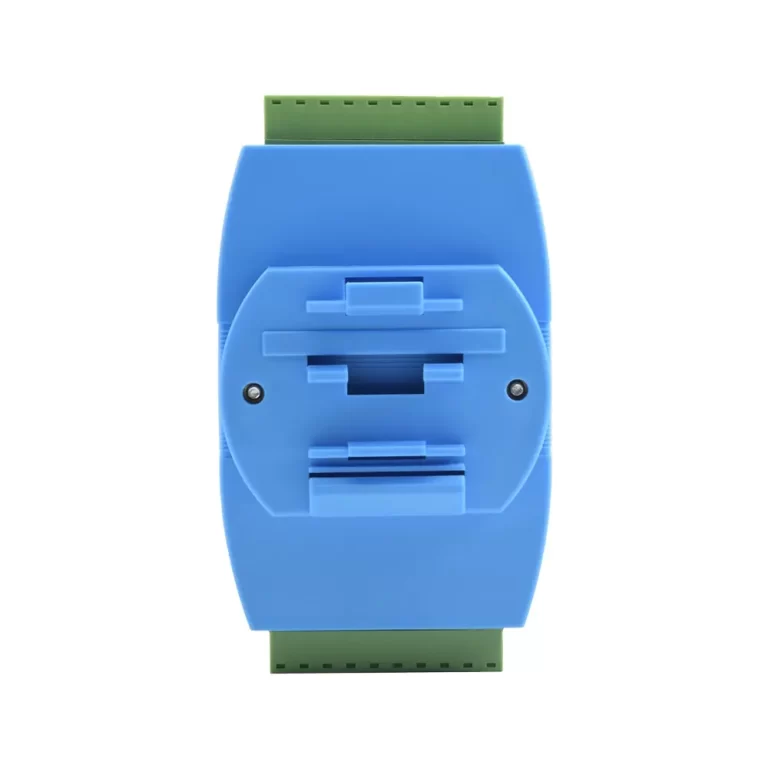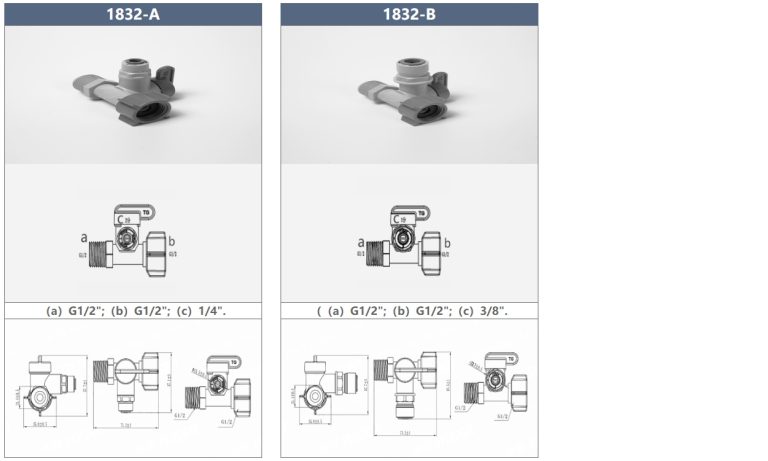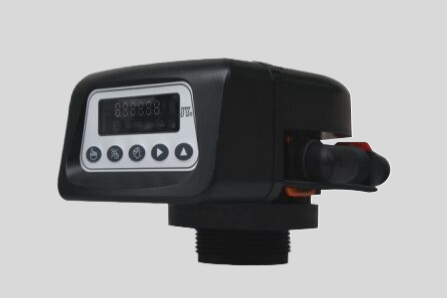Table of Contents
Benefits of Upgrading to a Stainless Steel Shower hose connector
Shower hose connectors are an essential component of any shower system, as they are responsible for connecting the shower hose to the water supply. While many shower hose connectors are made from plastic or other materials, upgrading to a stainless steel shower hose connector can offer a range of benefits.

One of the primary benefits of upgrading to a stainless steel shower hose connector is durability. Stainless steel is a highly durable material that is resistant to corrosion, rust, and tarnishing. This means that a stainless steel shower hose connector is likely to last much longer than a plastic connector, which can degrade over time due to exposure to water and other elements in the shower environment.
| Connector Model | Size A | Size B | Size C |
| 1821-E | 1/2″ | 3/8″ | 1/2″ |
In addition to being durable, stainless steel shower hose connectors are also more hygienic than plastic connectors. Stainless steel is a non-porous material, which means that it is less likely to harbor bacteria, mold, and other harmful microorganisms. This can help to ensure that your shower remains clean and sanitary, reducing the risk of skin irritation or other health issues.
Another benefit of upgrading to a stainless steel shower hose connector is aesthetics. Stainless steel has a sleek and modern appearance that can enhance the overall look of your shower. Whether you have a contemporary or traditional bathroom design, a stainless steel shower hose connector can add a touch of sophistication and elegance to your space.

Furthermore, stainless steel shower hose connectors are easy to clean and maintain. Unlike plastic connectors, which can become discolored or stained over time, stainless steel connectors can be easily wiped clean with a damp cloth. This can help to keep your shower looking fresh and new for longer, without the need for harsh chemical cleaners or abrasive scrubbing.
In terms of installation, stainless steel shower hose connectors are typically easy to install and can be compatible with a wide range of shower systems. Whether you have a standard shower head or a handheld shower wand, a stainless steel connector can provide a secure and reliable connection between the hose and the water supply.
Overall, upgrading to a stainless steel shower hose connector can offer a range of benefits, including durability, hygiene, aesthetics, and ease of maintenance. By investing in a high-quality stainless steel connector, you can enhance the functionality and appearance of your shower while ensuring that it remains clean and sanitary for years to come. Consider upgrading to a stainless steel shower hose connector today to experience the many advantages that this durable and stylish accessory has to offer.
How to Properly Install and Maintain Shower Hose Connectors
Shower hose connectors are an essential component of any shower system, allowing for the attachment of the shower hose to the water supply. Proper installation and maintenance of these connectors are crucial to ensure a leak-free and efficient shower experience. In this article, we will discuss how to properly install and maintain shower hose connectors to keep your shower running smoothly.
When installing shower hose connectors, it is important to first ensure that the water supply is turned off. This will prevent any water from leaking out during the installation process. Once the water supply is turned off, you can begin by removing the old shower hose connector, if applicable. Use a wrench to loosen the connector and carefully remove it from the water supply pipe.
| Model | Tube(a) | Stem(b) |
|---|---|---|
| 1801-A | 1/4 | 1/4 |
| 1801-C | 1/4 | 3/9 |
Next, clean the threads of the water supply pipe to remove any debris or old sealant. This will ensure a tight seal when installing the new shower hose connector. Apply plumber’s tape to the threads of the water supply pipe to create a watertight seal. Wrap the tape around the threads in a clockwise direction, overlapping the tape as you go.
Once the plumber’s tape is applied, you can now install the new shower hose connector. Carefully thread the connector onto the water supply pipe, making sure it is tight and secure. Use a wrench to tighten the connector, being careful not to over-tighten as this can cause damage to the connector or water supply pipe.
After the shower hose connector is installed, turn the water supply back on and check for any leaks. If you notice any leaks, tighten the connector further or reapply plumber’s tape to create a better seal. Once the connector is leak-free, you can attach the shower hose and test the water flow to ensure everything is working properly.
To maintain shower hose connectors, it is important to regularly check for any leaks or signs of wear. Inspect the connectors for any cracks, corrosion, or damage that may affect their performance. If you notice any issues, replace the connectors immediately to prevent any leaks or water damage.
Additionally, it is recommended to clean the shower hose connectors regularly to remove any buildup of soap scum or mineral deposits. Use a mild soap and water solution to clean the connectors, being careful not to use any abrasive cleaners that may damage the finish. Rinse the connectors thoroughly and dry them completely before reattaching the shower hose.
In conclusion, proper installation and maintenance of shower hose connectors are essential to ensure a leak-free and efficient shower experience. By following the steps outlined in this article, you can install and maintain shower hose connectors with ease. Remember to turn off the water supply before installation, use plumber’s tape for a watertight seal, and regularly check for leaks or signs of wear. With proper care, your shower hose connectors will provide years of reliable service.

